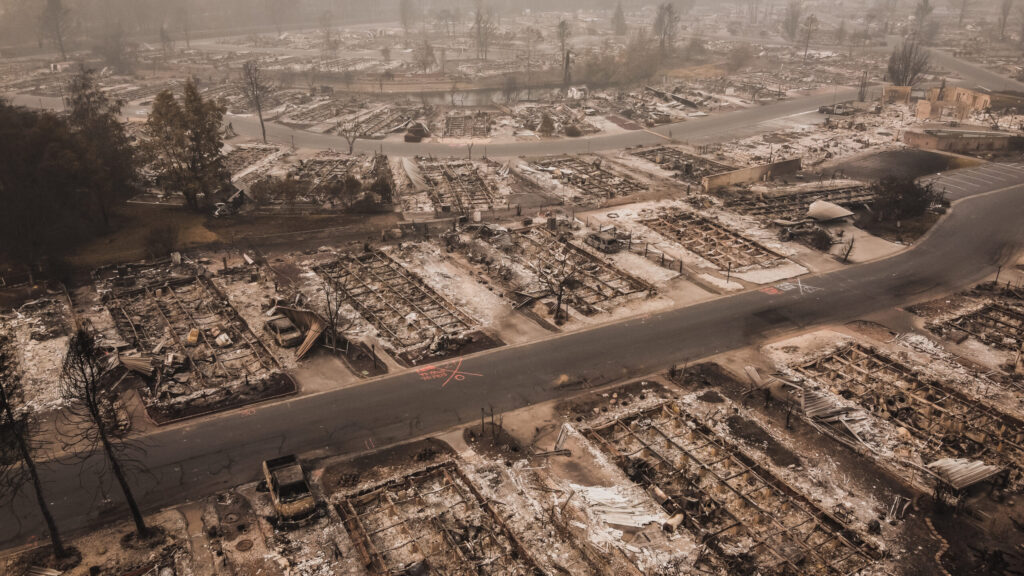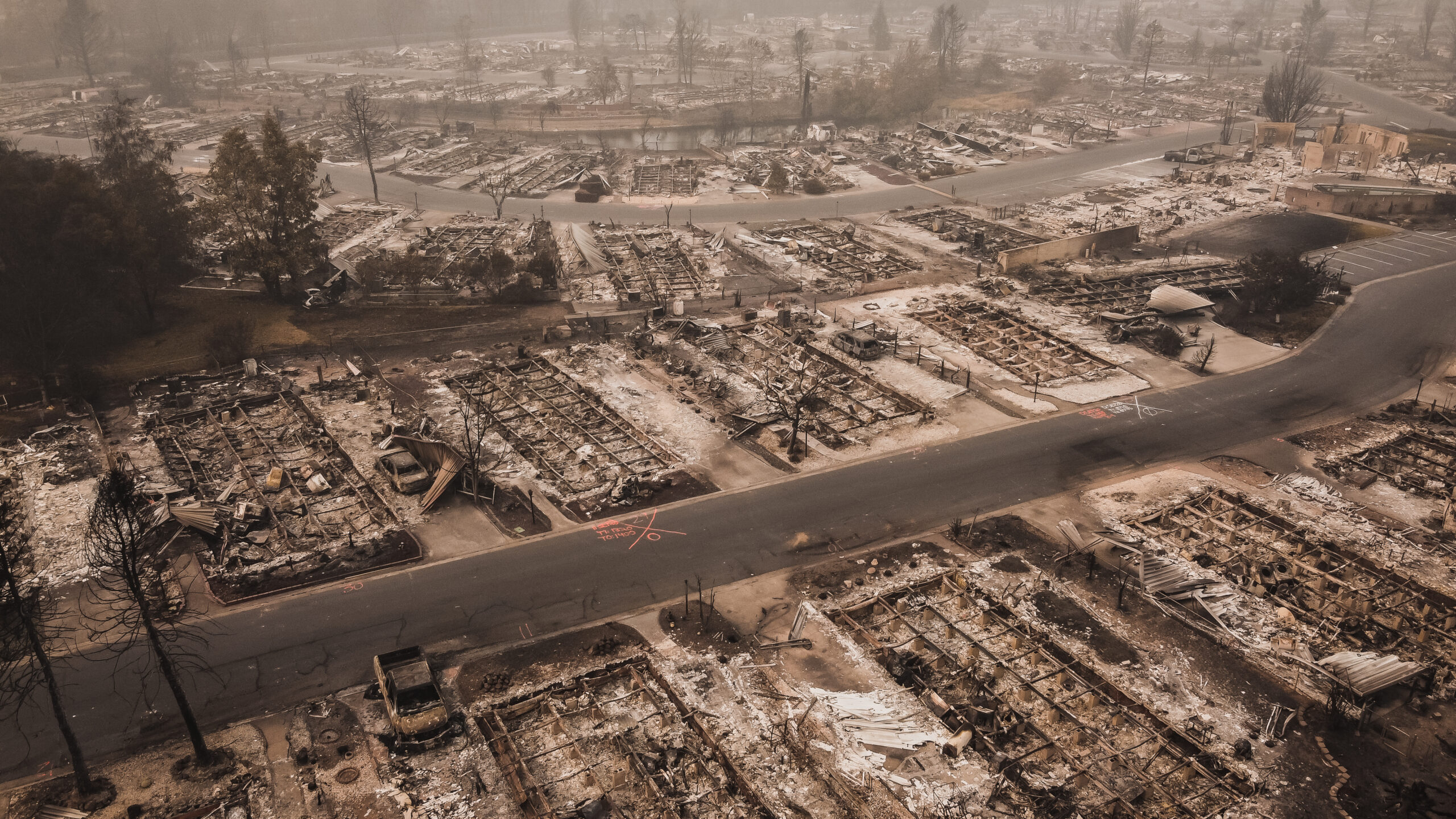The Return of Conflagration in Our Built Environment


With the Oakland Hills Tunnel Fire of 1991, built environment conflagrations returned to United States cities. Wildfire, which had been viewed as a wildland and rural community problem, now was a catalyst for conflagration. Over the next three decades, the most catastrophic wildfires were often those where fire entered communities of the Wildland-Urban Interface (WUI) and spread into suburban neighborhoods as a conflagration of the built environment ensued. Structural conflagration is defined as fire encompassing all of a given structure. Here we will focus on the concept of a built environment conflagration resulting from wildfires, where fire spreads uncontrollably from structure-to-structure.
The roots of the problem we face today can be traced back nearly a century to policy decisions, land-use strategies, construction practices, and the belief that conflagration in the built environment had been solved. Although the urban fire problem was mitigated through building codes, improved fire service response capabilities and more fire-resistant materials, another was growing where suburbs meet the wildlands.
Many of the same elements that led to the urban conflagrations of the 18th, 19th, and early 20th centuries are now present within suburbs bordering wildlands. These elements are:
- Dense construction
- Lack of ignition-resistant construction materials
- Dense fuels between structures
As the impacts of climate change increase, this sets the stage for the built environment conflagrations we have seen over the past decade.
Recent Posts
NOAA Weather
Tampa, FL
Last Updated on Jun 5 2024, 6:53 am EDT
Weather by NOAA
Current Conditions: Fair
Temp: 77°F
Wind: SE at 5mph
Humidity: 88%
Dewpoint: 73.0°F
 National Hurricane Center
National Hurricane Center
- The Atlantic hurricane season runs from June 1st through November 30th. April 20, 2025The Atlantic hurricane season runs from June 1st through November 30th.